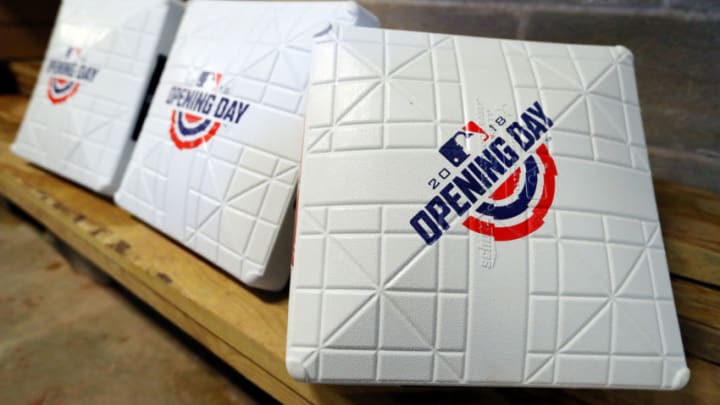
The Yankees upper-level minor league clubs almost all begin play today. While the farm system has changed, it still features top-tier talent spread throughout their four highest levels.
The Yankees farm is not what it used to be. But assembling a championship-caliber club means shifting as much talent as possible from the minors to the majors. That’s a good trade-off to be sure. It creates a drain on the minor league system, though, and this season will see the effects.
Today three of the top four levels of the Yankees minor league system start play. And after all the winter wheeling and dealing, we finally get a look at what is left at the top of the order.
That does not mean there is not still top-tier talent in the system; there absolutely is. There are several big differences from recent seasons, however. And the most significant is that the best players now are almost all pitchers.
That’s a shift that should not be underestimated.
Position players are easier to project than pitchers with a far higher rate of success. And even if they develop into frontline starters, pitchers are far more susceptible to injuries.
That makes systems in which most of the top talent consists of pitchers not nearly as strong as those that feature position players.
Realistic Expectations
That makes it a huge mistake to look at the Yankees large number of highly ranked pitching prospects and think even a majority will develop into contributing starters. The best the team can hope for is to find one real front-line starter, one back end, and a bunch of quality bullpen arms.
Remember that the Yankees developed only two notable stud pitchers in the last 30 years: Andy Pettitte and Luis Severino. They did mold a couple of more starters who were ended up plying their trades in other towns, guys such as Ian Kennedy and Phil Hughes.
Still, that list is pretty short.
If the pitchers projected to arrive in the next two to three years can produce that crop, the system will be a huge success. Keep that in mind as we try to see who, if anyone, will be the next Severino, the next Montgomery, and the next Betances.
The point is that, even though the Yankees system is still ranked as high as second by some if not many, and does have some strong talent, it is not nearly as deep as it was just one year ago.
Which leads to the second big difference: The talent in the system is now dispersed asymmetrically. There are a few excellent prospects at Scranton, fewer in Trenton and Tampa, but another plethora in Charleston.
Perhaps the best way to visualize it is to draw an hourglass. You can see it is wide at the top and the bottom, but only a narrow band in the middle; that is how the talent is dispersed in these four levels.
It’s Always Something
Two quick notes before we start our first prospect preview: As only the highest four levels are starting play, we are only g,oing to look at players at those levels. That means no Luis Medina, Nolan Martinez, or Everson Pereira;, sorry Corky.
And second is that the rosters for these clubs have changed quite a bit over the last three days. That has created some struggles. For instance, just today the Yanks added both Nolan Martinez (DL) and Danienger Perez to the RiverDogs, too late for me to write them up.
And they just added Isiah Gilliam to Tampa’s roster, too late to be covered.
But that does not mean there aren’t plenty of prospects both known and not. And we’ll start right at the top: Triple-A Scranton.
